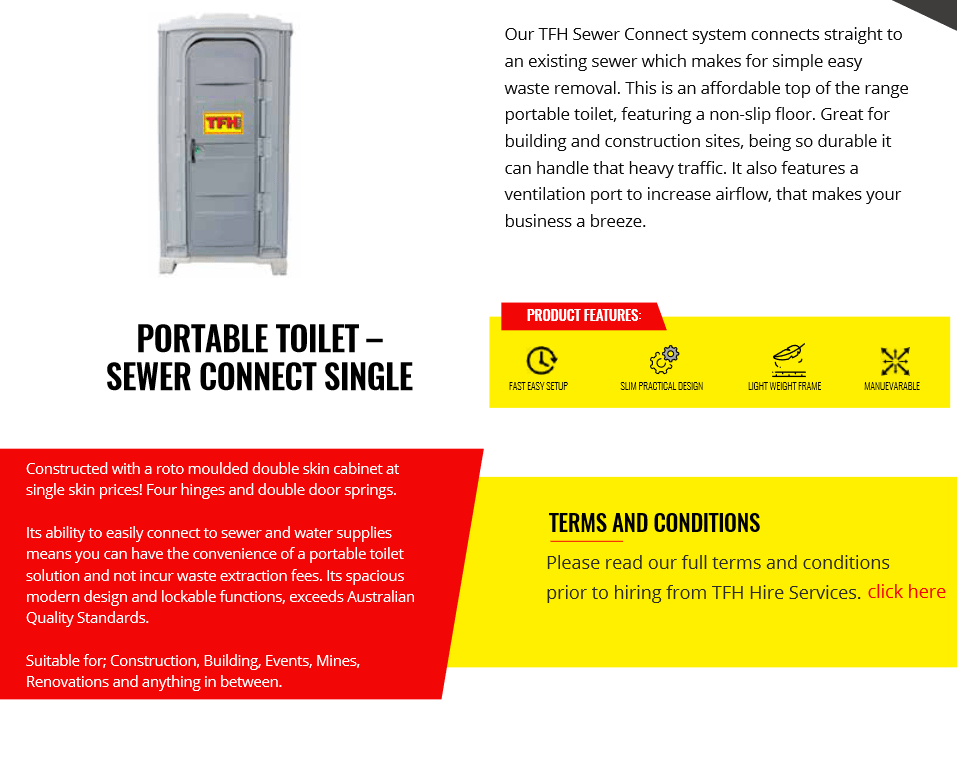The Ultimate Guide To Reclaim Waste
The Ultimate Guide To Reclaim Waste
Blog Article
Excitement About Reclaim Waste
Table of ContentsThe 10-Second Trick For Reclaim Waste6 Simple Techniques For Reclaim Waste3 Easy Facts About Reclaim Waste ShownReclaim Waste Things To Know Before You Get This6 Easy Facts About Reclaim Waste Described
Check out the kinds, occurrences, and types of fluid waste. Domestic sewage waste describes the waste and items from a household sewage-disposal tank. This sort of waste is developed by human beings in residences, institutions, and various other structures. This only includes septic tanks that have a drainpipe field. The appropriate administration and disposal of domestic sewage waste require fluid waste to be moved to a sewer therapy plant where the correct methods and devices are put on purify and dispose of waste.
Industrial waste frequently includes potential hazards, such as flammable materials or a blend of liquid and strong waste items, and requires an advanced and thorough disposal procedure. The disposal of commercial waste commonly involves the filtering of waste prior to transportation to make sure secure and appropriate disposal. Hazardous waste is developed from byproducts and overflow of commercial procedures and manufacturing.
This type of waste can not utilize the very same sewage management transport or processes as septic or business fluids. The hazardous waste management process needs the inspection and testing of liquid waste prior to it undertakes the disposal procedure (liquid waste removal melbourne). Overflow waste is the fluid waste that originates from overflow and excess stormwater in very inhabited areas or cities
Overflow waste can cause contamination and flooding if not managed effectively. Making sure proper waste administration can avoid calamities and reduce environmental harm.
The 10-Minute Rule for Reclaim Waste
Get in touch with PROS Solutions today to learn more about our waste monitoring and disposal services and the correct means to take care of the liquid waste you create.
(https://medium.com/@leonaube33101/about)Do you understand what occurs to your water when you draw the plug, purge the bathroom or drain pipes the cleaning maker? No? Well, it deserves recognizing. This so-called 'wastewater' is not only an essential source yet, after therapy, will certainly be released to our land, waterways or the ocean. Utilized water from toilets, showers, bathrooms, kitchen sinks, washings and commercial procedures is understood as wastewater.

water utilized to cool down equipment or tidy plant and tools). Stormwater, a kind of wastewater, is runoff that flows from agricultural and metropolitan locations such as roofs, parks, yards, roadways, courses and seamless gutters right into stormwater drains, after rainfall. Stormwater flows unattended directly to neighborhood creeks or rivers, eventually reaching the sea.
A Biased View of Reclaim Waste
In Queensland, most wastewater is dealt with at sewer treatment plants. Wastewater is delivered from residential or commercial websites through a system of sewers and pump terminals, understood as sewage reticulation, to a sewer therapy plant.
The Department of Natural Resources encourages neighborhood governments concerning handling, operating and preserving sewerage systems and treatment plants. In unsewered areas, local federal governments might call for homeowners to install individual or household sewage therapy systems to treat residential wastewater from commodes, kitchen areas, washrooms and washings. The Department of Natural Resources authorises the usage of family systems when they are shown to be reliable.
In some brand-new neighborhoods, treatment of some stormwater to remove trash, sand and gravel has actually begun using gross pollutant catches. Wastewater treatment takes place in four stages: Gets rid of solid matter.
Wastewater after that flows right into big tanks where solids resolve and are removed as sludge. Oil and scum are skimmed from the surface area. Uses small living organisms understands as micro-organisms to damage down and remove continuing to be liquified wastes and fine fragments. Micro-organisms and wastes are incorporated in the sludge. Gets rid of nitrogen and phosphorus nutrients that could trigger algal blooms in our waterways and intimidate marine life.
Some Of Reclaim Waste
Nutrient removal is not available at all sewer treatment plants since it needs you can try this out costly specialist equipment. Clear liquid effluent created after treatment may still contain disease-causing micro-organisms - liquid waste disposal.

This normally indicates wastewater has to be treated or contaminants gotten rid of prior to it can be released to waterways. Most wastewater flows into the sewage system. Under the Act, city governments carry out authorizations and licences for environmentally pertinent tasks (Periods) including wastewater releases that could have a local influence. The department carries out approvals and permits to Ages including wastewater launches that could have a regional or statewide impact.
All About Reclaim Waste
Or else, samples are considered lab analysis. Typically many tests are needed to establish the levels of each of the various toxins such as oils, hefty metals and pesticides in water. Monitoring gives factual details about water top quality and can confirm that permit problems are being satisfied. The details obtained with surveillance provides the basis for making water quality decisions.
Report this page